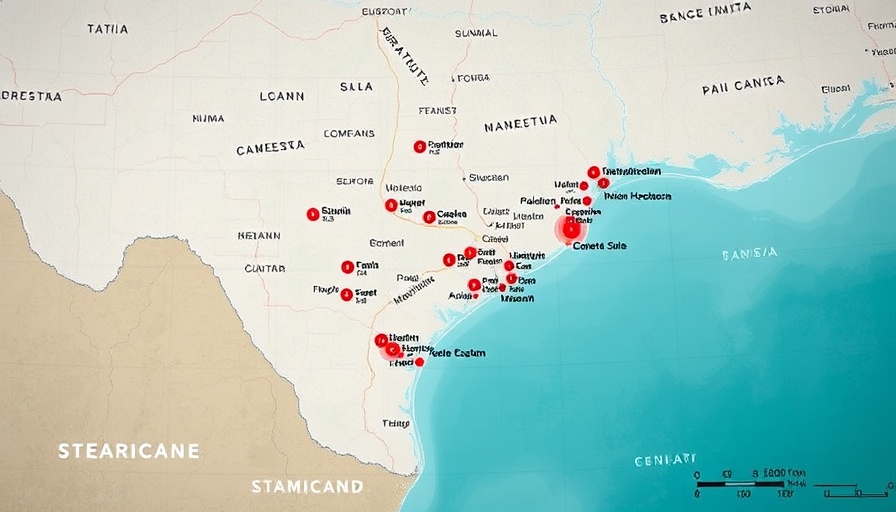
Understanding the Variables Influencing Hurricane Seasons
The hurricane season is an annual event that draws the attention of coastal communities and meteorologists alike as they prepare for potential storms. Key factors such as ocean temperatures, wind patterns, and atmospheric conditions significantly influence the intensity and frequency of these storms. This year, ahead of NOAA's outlook predictions, experts are zeroing in on particular phenomena that could play critical roles in shaping the season ahead.
El Niño and La Niña: The Twin Influencers
El Niño and La Niña are two climate patterns that have profound effects on hurricane activity. El Niño, characterized by warmer ocean waters in the central and eastern Pacific, tends to suppress hurricane activity in the Atlantic. Conversely, La Niña, with cooler ocean temperatures, can foster the right conditions for more active hurricane seasons. Current predictions show a neutral phase transitioning toward a potential La Niña, which could indicate a more tumultuous hurricane season ahead.
The Role of Ocean Temperatures in Storm Development
Sea surface temperatures are another critical factor impacting hurricane formation. Warmer waters provide the necessary heat and moisture that fuel hurricanes. This year, forecasters are closely monitoring both the Atlantic and Pacific Oceans. Elevated temperatures in the Caribbean and Gulf of Mexico could spark increased storm activity if these trends continue into the summer months.
Atmospheric Conditions: Wind Shear and Stability
Wind shear, the change in speed and direction of winds at different altitudes, can either inhibit or enhance hurricane development. High wind shear can disrupt the organization of a storm, leading to weaker systems. Areas with lower wind shear environments are more conducive to tropical storm formation. Meteorologists will be assessing these atmospheric conditions as NOAA unveils its predictions.
Climate Change: Long-term Trends Affecting Storm Patterns
Climate change is increasingly becoming an undeniable factor in weather patterns, including hurricane frequency and intensity. Warmer global temperatures are not only raising sea levels but also leading to increased moisture in the atmosphere, which may amplify the power of storms. While it’s crucial to focus on immediate season predictions, understanding long-term shifts can help communities prepare for inevitable changes in storm behavior.
Community Preparation and Resilience Strategies
As NOAA prepares to release its outlook, communities from Florida to Texas are gearing up for potential storm impacts. Understanding these influencing factors can help households and local governments strategize effective preparedness plans. Investing in infrastructure improvements, creating detailed evacuation plans, and encouraging community education on storm response can mitigate risks associated with hurricanes.
What Can We Expect This Hurricane Season?
With NOAA's predictions on the horizon, vigilance remains critical. As scientists analyze the evolving oceanic and atmospheric patterns, residents must stay informed and proactive. An active discussion on personal preparedness and local community initiatives can make a significant difference in outcomes during hurricane season.
Considering the potential impact of atmospheric and oceanic factors as well as the overarching effects of climate change, it’s essential for individuals and communities to remain engaged. Stay updated, prepare in advance, and consider joining local efforts to increase community resilience as we move into the heart of hurricane season.
 Add Element
Add Element  Add Row
Add Row 



Write A Comment